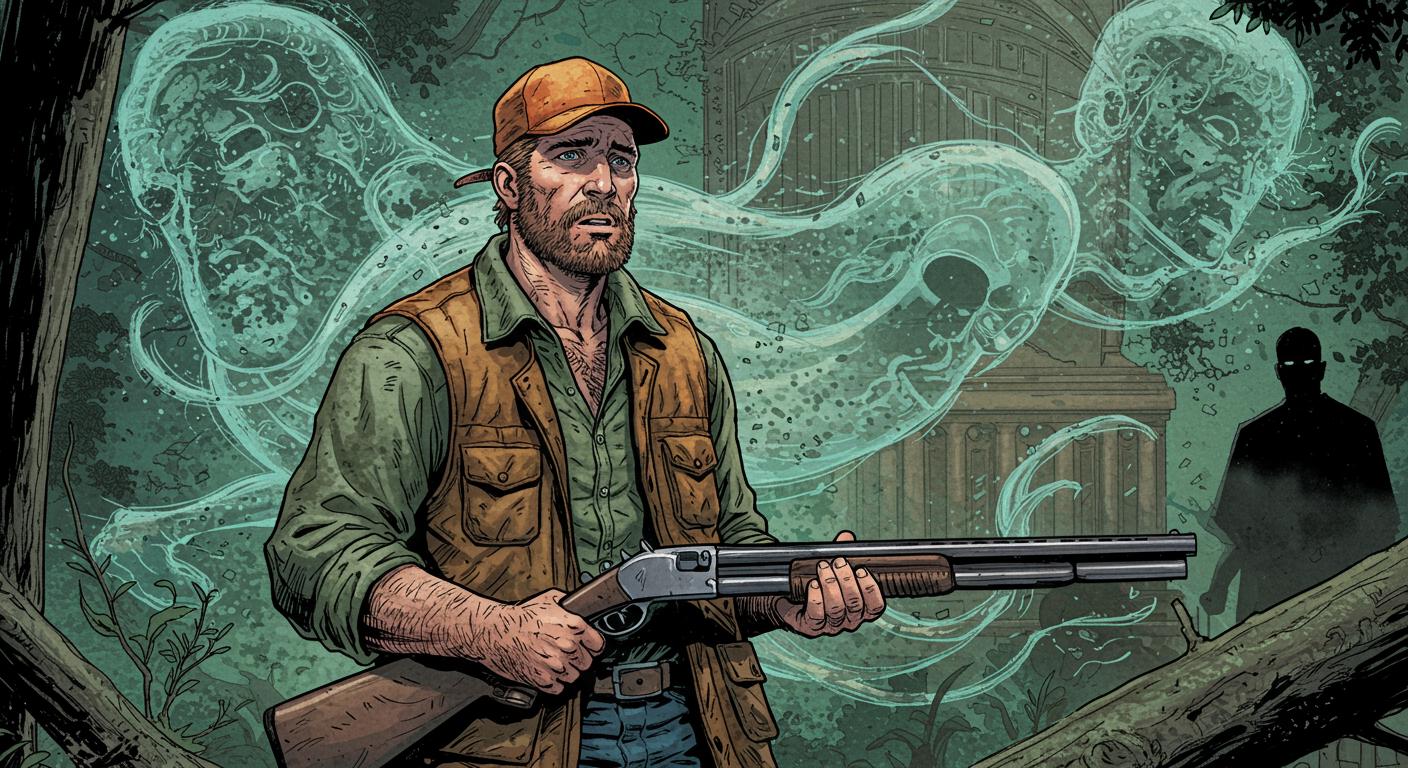There’s no shortage of strange stories crawling out from America’s industrial past, but it’s not every day that a Delaware jury hands down a $9 million verdict involving shotgun shells, asbestos, and a company once synonymous with household trust. As reported by the Delaware News Journal, the family of Eugene Schoepke—a hunter from Illinois who died in 2022 from mesothelioma—just received one of the largest awards in recent Delaware memory, all thanks to an unthinkably toxic twist in ammunition history.
Digging into the particulars (with only a minor cough from all that metaphorical asbestos dust): Court records cited in the outlet detail how DuPont, through its subsidiary Remington, manufactured and sold shotgun shells containing asbestos—with not just a lack of warning, but, according to the lawsuit, an active effort to hide the presence of asbestos from buyers. The jury found that not only was this hazardous addition unnecessary—rival manufacturers managed to create safe shells without resorting to a notorious carcinogen—DuPont’s management decisions to introduce asbestos into shells came in 1960, when the hazards were already well-publicized. The manufacturing ceased in the 1980s, but the shells themselves continued to circulate, unrecalled, for years; at no point were customers informed about the risk, as the outlet documents.
A Curious Mix: Safety Branding and Unlabeled Peril
Perhaps most peculiar, as highlighted by the report, was the gap between DuPont’s carefully cultivated image of safety and what was actually being packed into their shells. “Safety green” on the packaging—intended to evoke reassurance—became a thin veneer over a genuine health hazard. The lawsuit noted that DuPont’s name and logo were more prominent than Remington’s, a choice seemingly designed to maximize consumer trust, even as the product lined up for a spot on the archival shelf of industrial misjudgments.
In a detail underscored in court, the company’s own engineers and safety personnel were present at the plants, directly overseeing procedures and materials—including those that introduced asbestos into the product. Not only did internal teams make deliberate decisions about the hazards, but, as previously reported, none of DuPont’s competitors saw fit to add asbestos to their own shells. The move stands out less as a sign of industry standards and more as a solitary misstep.
The Legacy of Lingering Risks
Earlier reporting in the News Journal points out a lingering irony: even when production ended, no recall or corrective notice was ever initiated. Thanks to impressive shelf life, those asbestos-laced shells were marketed and used right through the 1980s, and nothing in company communication warned of the danger. The absence of a recall wasn’t just overlooked; it seemed almost normalized, tucked away behind the veil of a legacy brand.
The Schoepke family’s road to accountability ended with the jury’s verdict reached after just a day of deliberations—brisk by legal standards. Meanwhile, as the outlet mentions, the companies named in the suit (now going by E.I. DuPont de Nemours or EIDP Inc., after a tangle of post-2019 restructuring) echoed familiar patterns of corporate detachment, with representatives declining to comment on the outcome. There’s a certain symmetry in the story: a widely trusted brand ultimately being called to account decades later, no longer the household giant it once was, but still facing consequences from decisions made long ago.
Context and Irony: When Hidden Harms Surface
It is hard not to linger on the fundamental absurdity revealed through this case. The decision to add asbestos, the lack of a recall even as health risks gained prominence, and the company’s carefully guarded public image—each piece seems to fit seamlessly into the well-thumbed volume of “what could go wrong?” As described throughout the outlet’s coverage, internal documents and expert testimony painted a picture of safety measures in name only, with public trust slowly eroded by the slow drip of disclosure.
For archivists of American business history—and maybe for anyone who still finds odd old boxes in their attic—the tale offers a mix of irony and sober reflection. When brands built on safety end up strangled by their own secrecy, it prompts you to ask: what other small, green-labeled time capsules are still sitting on forgotten shelves, their warnings yet to catch up with reality?
In the grand index of American industrial oddities, this case slots somewhere between “how did they ever think that was a good idea?” and “at least someone’s paying attention now.” Sometimes, the most dangerous secrets are hidden in plain sight—albeit, in this case, behind a boldly reassuring shade of green. Is there a lesson in legacy, or is this simply another relic of risk for archivists and attorneys to sort out, one toxic takedown at a time?







